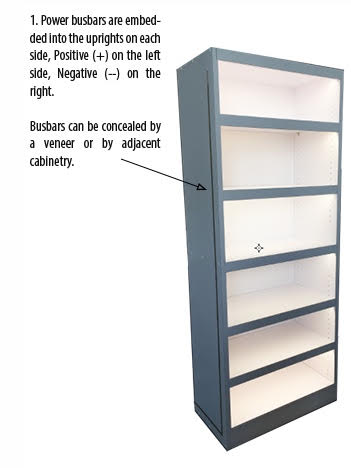

At the show there are demos from Microsoft, EA and even a smaller studio in Remedy Entertainment, the creators of Alan Wake and Quantum Break. In theory it should also be relatively easy for many large developers to embrace, since a lot of games recruitment has pulled in artists from Hollywood who have already worked with the tech. To see this content please enable targeting cookies.
#Visual lighting technologies jobs tv
Unlike HDR or a resolution bump where your monitor or TV will impact the level of benefit you get, the difference provided by ray tracing should be pretty obvious from the get-go on any HD screen.
#Visual lighting technologies jobs full
The end result is a picture that theoretically is indistinguishable from if everything had been rendered at full scale as in those farm-driven film uses of the technology. Nvidia's solution performs the ray tracing in a noisy, lossy manner by drawing fewer individual rays - perhaps as few as one per pixel - but then carefully-developed and computationally light de-noising tech is applied over the top of the image.

Light then impacts pretty much everything about the picture you see - colours, reflection, shadow and beyond, and so this simulation can have a properly transformative effect when compared to rasterization, the current shader-based system games typically use for lighting. The actual act of ray tracing is pretty much exactly what you'd expect - an algorithm tracks (or, hey, traces) the path of beams of light and then fully simulates how that ray interacts with the environment as it bounces around. It's previously required enormous server farms and lengthy render times, but the new DirectX 12 ray tracing tech from Microsoft in partnership with Nvidia is aiming to make real-time ray tracing a properly achievable thing. So, what is ray tracing? To put it in the most simple terms, this tech is an advanced way of rendering lighting and shadows, and it's not entirely new: it's been used in TV and movies for a while now to ensure that added CG imagery blends properly with real-life shots. It's still a little difficult to believe. In a private demo, a grinning Nvidia representative brings up the console and tweaks the settings mid-demo to prove that it's real. While a few smaller details reveal it as computer-generated footage, it's astonishingly photo-realistic and film-like. A graphics card did this - and in real time. The demo is a proper holy shit moment, right? Epic has used actual assets from LucasFilm and CGI house ILM here, but that shouldn't undermine just how insane this looks.

The Star Wars demo is a proper holy shit moment. Before you read any further, have a watch: To see this content please enable targeting cookies. GDC had a number of demos based around the tech, but the stand-out was a Star Wars tech demo from Epic featuring Stormtroopers and Captain Phasma. When it's used right, ray tracing can look absolutely insane. As bumps in resolution and polygon counts have gradually diminishing returns, attention turns to lighting in an attempt to provide the next huge leap in visual fidelity. Nvidia's big push at the show this year is Ray Tracing, a technology that the company believes will provide the next big graphical leap. But the biggest wow of the show came from the graphics gurus at Nvidia. Several times as I explored the show floor I had to stop in my tracks to take a closer look at something or another cool game ideas, control technologies, infrastructure that can handle 1000-player multiplayer. There's a lot of crazy and impressive technology on display at the Game Developers Conference - that's just the nature of the show.


 0 kommentar(er)
0 kommentar(er)
